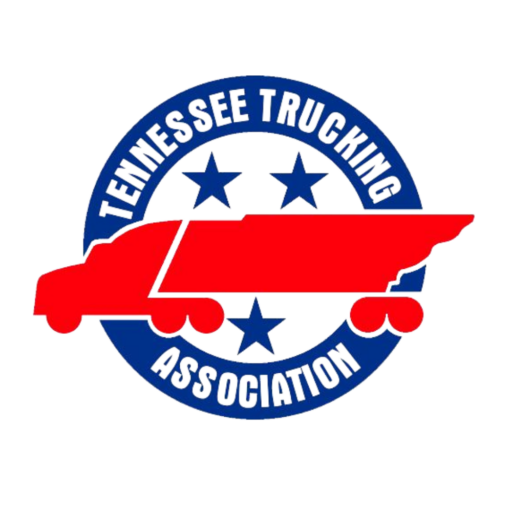Adams and Resse Legislative Update – 11-11-2021
What Can Employers Do Now While OSHA’s COVID-19 Vaccination and Testing Rules Are Temporarily Suspended?
November 2021
Employers now have OSHA’s long-awaited Emergency Temporary Standard (ETS) mandating COVID-19 vaccinations or testing for some workers, but much uncertainty remains about how and whether employers should take action at this point. Hours after OSHA issued the ETS, numerous states and private organizations asserted legal challenges to it — in the U.S. Courts of Appeals for the Fifth, Sixth, Seventh, Eighth, Eleventh, and D.C. Circuits — and the Fifth Circuit subsequently issued a nationwide temporary suspension of the ETS.
The Policy Basics
The ETS requires certain employers to implement a written mandatory policy requiring employees to be “fully vaccinated” (as defined by the ETS). The mandatory vaccine policy may only exempt those employees: (i) “for whom a vaccine is medically contraindicated”; (ii) for whom “medical necessity requires a delay in vaccination”; or (iii) “who are legally entitled to a reasonable accommodation under federal civil rights law because they have a disability or sincerely held religious beliefs, practices, or observances that conflict with the vaccination requirement.”
As an alternative to the absolute vaccine mandate, the employer may implement a written policy providing that employees must either be fully vaccinated or be subject to rules requiring regular testing for COVID-19 and wearing a face covering at work (subject to some limited exceptions). This alternative is generally consistent with EEOC guidance that, if an employee does not want to comply with an employer-initiated vaccine mandate, “as a reasonable accommodation, an unvaccinated employee entering the workplace might wear a face mask … [or] get periodic tests for COVID-19 ….”
Compliance Deadlines
The ETS imposes two compliance deadlines: 1) December 6, 2021, for compliance with all sections of the ETS except for provisions requiring COVID-19 testing of unvaccinated or partially vaccinated workers; and 2) January 4, 2022 for compliance with the COVID-19 testing provisions for those workers. In other words, the covered employer must adopt a policy and confirm the vaccination status of all employees by December 6, and then, if the employer’s policy allows, begin mandatory testing for COVID-19 for unvaccinated or partially vaccinated workers by January 4, 2022.
These deadlines, however, are now in flux as a result of the Fifth Circuit suspension. The DOJ has asked the Fifth Circuit to lift this suspension order and informed the Fifth Circuit that, because there are challenges pending in other circuit courts, the consolidated cases must be heard by a single circuit court randomly selected by the Judicial Panel on Multidistrict Litigation. The DOJ expects the panel to select the circuit court for the consolidated cases by November 16. It is highly unlikely the selected court will issue a decision before December 6, the effective date for the majority of ETS’ provisions.
So what are employers supposed to do now?
The first order of business should be to determine whether the employer is even covered by the ETS if the courts lift the stay or uphold the standard.
The ETS applies to: all employers with a total of 100 or more workers, company-wide, at any time the ETS is in effect. Temporary and seasonal workers are counted as “employees” for purposes of coverage, but independent contractors are not.
The ETS does not apply to: federal contractors and subcontractors subject to President Biden’s Executive Order 14042 or workplaces where employees provide healthcare services or healthcare support services. OSHA also does not have jurisdiction over public employers such as state and local governments.
Many employers might be subject to state versions of OSHA instead. OSHA’s jurisdiction extends directly in 29 states, while other states, including California and Michigan, have their own federally approved workplace safety agencies. Those states have until February 2022 to adopt their own version of the vaccine mandate that is at least equal to the ETS requirements. These states could adopt a tougher version of the ETS and lower the coverage threshold to require compliance by smaller size employers.
Best Practice
Given the federal court stay, businesses covered by the ETS are not legally obligated to adopt an ETS-compliant policy by December 6. But as a best practice, an employer certainly could make a business decision to do so based on the reasonable chance the courts will uphold the ETS mandate. Some legal scholars and commentators are speculating that whistleblowers could play a large part in the enforcement of workplace vaccine rules. If a covered employer has not announced an ETS-compliant policy by the time the court process plays out, its own workers (or union representatives of those workers) could very likely file complaints with OSHA. Rather than scrambling at the last minute, and possibly facing inspections or fines, the prudent company would be prepared with a policy in place if the stay is lifted or if the court upholds the ETS on the merits.
The ETS is complex and has multiple requirements for employers. As always, it is best practice to consult with experienced employment counsel when implementing new policies and procedures.
